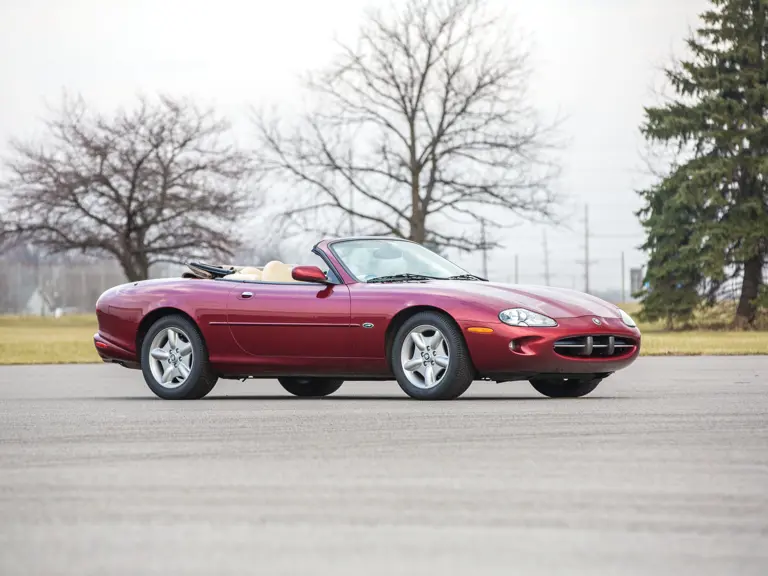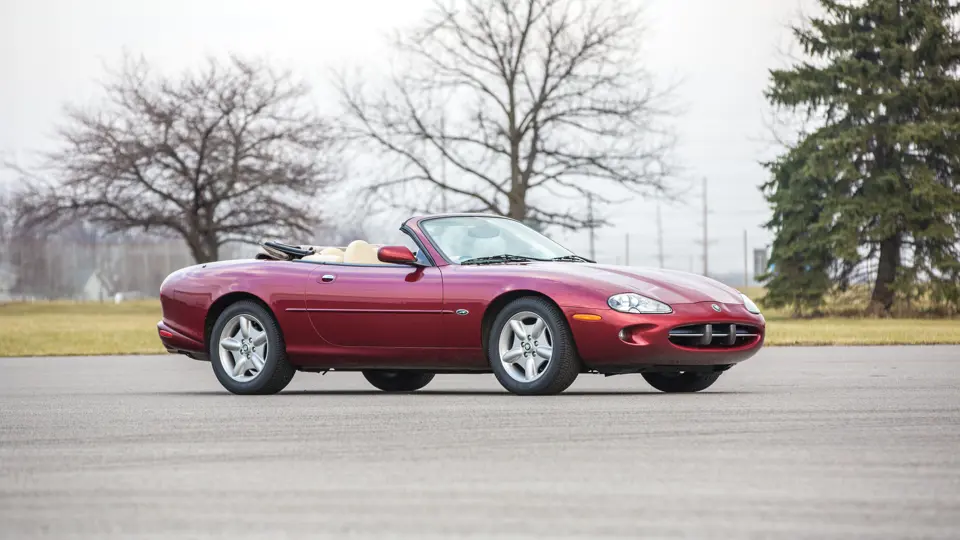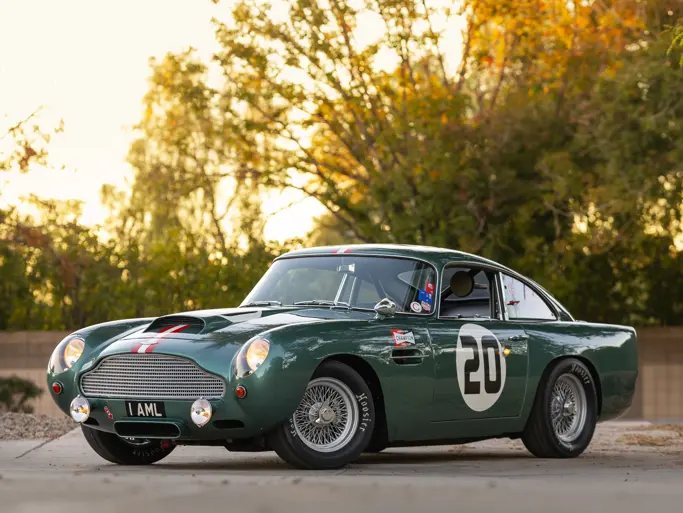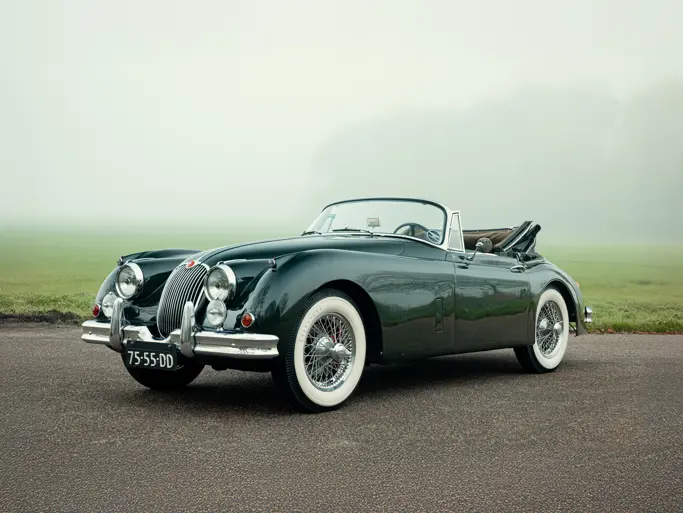With the introduction of the XJS in 1975 Jaguar made the conscious decision to change from producing sports cars to one of making sporting grand tourers. Although not met with universal acclaim when launched, by the time the XJS went out of production in 1996 it had achieved what Jaguar had set out for it to do – to be a highly refined, effortless to drive, well-built, two-door grand tourer. It ended up being produced for 21 years. During this time, it had been constantly upgraded to meet the demands of the market and changing technologies. Jaguar knew that they would need something rather special to replace it. Ultimately, the Jaguar XK8 would not be available until 1996, and it was very much worthwhile to have patience waiting for the car coded within the factory as X-100, and late introduced to the public as the XK8.
When Ford took over Jaguar in 1990 there was little in the pipeline in the way of proposed new Jaguar models. The XJS was selling better than ever, but Ford felt that it was vital to launch new models in order to improve sales and profitability. The first bounties of Ford’s involvement as seen by the public were the replacements for the XJ40 (the X-300 saloons). Even though the replacement for the XJS was a priority from the start, the car would not be seen until 1996.
The principles behind the XK8 were to build on the success of the XJS. For speed and cost saving, Jaguar utilized the existing floorpan, but updated the car significantly to meet the ever-increasing demands of the lucrative market for prestige sporting cars. While the floorpan dictated the overall dimensions and interior accommodations, but the XK8 featured an all-new body style and interior trim elements, plus new mechanical components. Most prominent of these was the 4.0-liter V-8 engine at the heart of its performance. An element of retro styling cues from the older E-Type sports cars and the XJ220 “supercar” created a connection between the old and new; hence the rebirth of the ‘XK’ designation. For marketing purposes the car remained a 2 + 2 with a limited rear seating arrangement.
The V-8 powerplant is matched to the latest electronically controlled GM 400 transmission that was in turn mated to the Jaguar J-gate transmission control. The car had many upgrades and when introduced at the 1996 British Motor Show, the XK8 found immediate success. The initial line of advertising declared that “The Cat is Back.”
This lovely Carnival Red example is beautifully outfitted and carries a tan power-operated soft-top and a primarily tan leather interior that displays many of the interior features that were available in the Classic Leather Pack. Among these are the burr walnut veneer styling elements, seat flute pattern, gearshift knob, plus wood and leather steering wheel. This Jaguar also has the optional Harman/Kardon premium audio system with 10 speakers and a six-CD changer in the trunk. Power features are plentiful with the locks, mirrors, windows, seats, steering and four-wheel disc brakes all power-operated.
The car is reported to be quite sparingly used since new and it is described further as being “like new.” Air conditioning is another welcome convenience, as is the heated rear window and cruise control. The car has 17-inch Jaguar five-spoke factory wheels that resemble the “wobbly web” wheels from early 1960s Lotus Formula One cars and these are shod with Pirelli ZR tires. The XK8 retains its books and roadside kit with tire inflator, and these also accompany the car.
Model year 1997 was the first full year of production for this beautiful machine, during which a total of over 14,500 examples were sold worldwide – a record number greater than any given year of XJS production and greater in quantity than Jaguar itself had anticipated. This model of Jaguar seems to nearly universal in appeal to this day. It is truly a fine combination of some of the best qualities of performance and luxury.



 | Fort Lauderdale, Florida
| Fort Lauderdale, Florida


